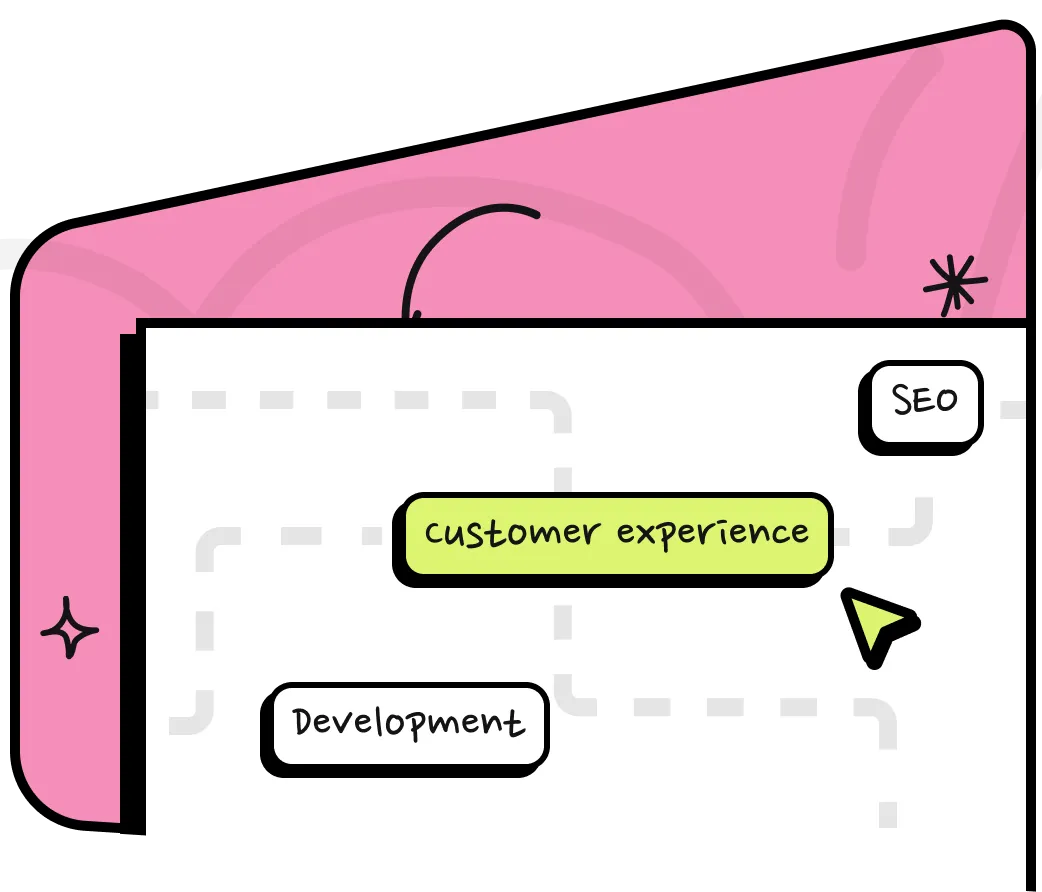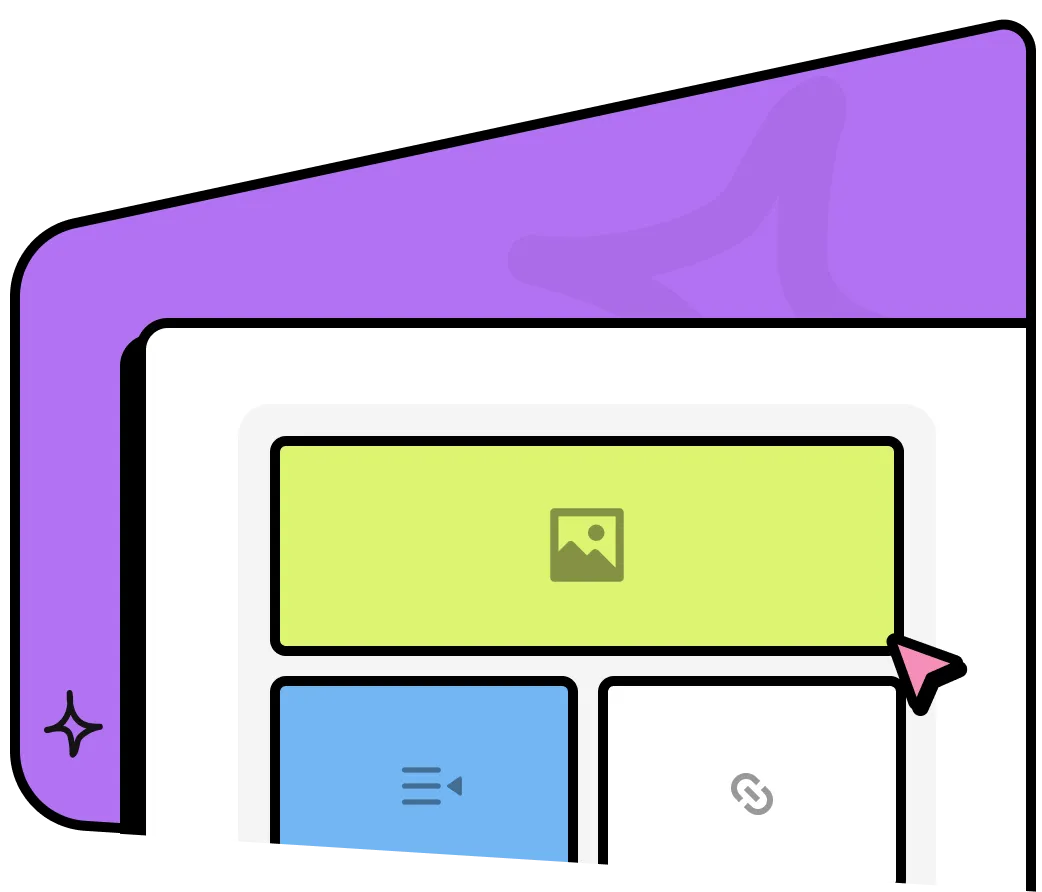Awards & Recognition
We are proud to be recognized for our excellence by important publications around the world.










Gemini AI is not just another AI model. Google DeepMind’s advanced multimodal AI model is designed to seamlessly process text, images, audio, and video. Its unique features include superior reasoning, coding, and automation, surpassing previous AI models like GPT-4. It is transforming industries worldwide with deep integration into Google Cloud and enterprise solutions.






Technologies Behind Gemini AI





We begin by identifying your unique business challenges and opportunities where Gemini AI (powered by Google Cloud) can deliver impactful, scalable solutions.
Whether you’re using Gemini’s powerful foundation models or custom fine-tuning, we guide you in choosing the right approach and preparing high-quality, secure data for optimal performance.
We fine-tune Gemini models on your specific data and goals, ensuring accuracy, efficiency, and alignment with your workflows, all within Google Cloud’s secure environment.
“Integrating Gemini AI into our workflow delivered outstanding results. The model understands context better than any tool we used before. Our internal automation accuracy improved by 70%, and productivity skyrocketed.”
“Our product descriptions and ad creatives are now fully automated using Gemini. The consistency, tone, and speed are impressive. Sales improved because customers now understand products more clearly.”
Engage users with dynamic, context-aware dialogue powered by Gemini.
Streamline repetitive tasks like summarization, content generation, and data handling.
Seamlessly integrate Gemini with your apps, platforms, and data systems.



Sovanza offers top-tier Gemini AI Services, combining advanced AI capabilities with expert development. By leveraging the power of Gemini AI, Sovanza helps businesses automate complex tasks, generate intelligent insights, and optimize workflows with AI-driven solutions. We provide scalable, high-performance applications backed by global standards and deep technical expertise. Whether you’re building smart virtual assistants, AI agents, or integrated AI workflows, Sovanza ensures your Gemini AI solutions are efficient, reliable, and tailored to your business needs. Our team continuously enhances Gemini AI implementations to deliver measurable results and long-term value.




To harness the full power of Gemini AI, focus on multimodal capabilities, seamless Google Cloud integration, real-time intelligence, and responsible AI design.
Gemini AI supports text, images, audio, and code, enabling rich, multimodal applications that go beyond traditional language models.
Built into Google Cloud, Gemini AI provides effortless access to tools like BigQuery, Vertex AI, and Workspace for enhanced productivity.
Designed to cover essential features with a focus on simplicity and functionality.
Built for scalable, high-performance projects with advanced features.
Tailored for large, fully customized solutions with advanced security and infrastructure.
Can’t find what you’re looking for? don’t hesitate to reach out!
Gemini AI is a powerful multimodal AI model created by Google DeepMind. It can handle text, graphics, audio, and video, making it an extremely useful tool for automation, choice-making, and data analytics.
Yes, it surpasses GPT-4 with deep reasoning and multimodal capabilities. It processes various data formats for better insights. Sovanza maximizes its potential for businesses.
Sovanza provides AI-powered solutions for automation, data analysis, and customer engagement. It ensures seamless Gemini AI integration, which benefits businesses through efficiency and innovation.
Sovanza services various industries, including healthcare, finance, e-commerce, and manufacturing. It enables businesses to adopt AI-powered automation, fraud detection, maintenance strategies, and tailored customer care.
We are proud to be recognized for our excellence by important publications around the world.




Build AI, blockchain, and growth systems that compound results.